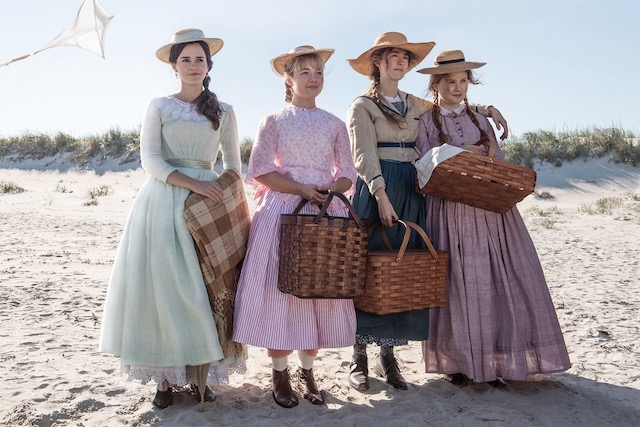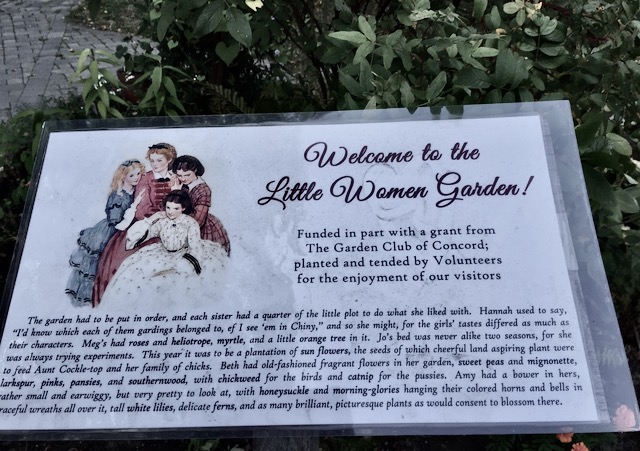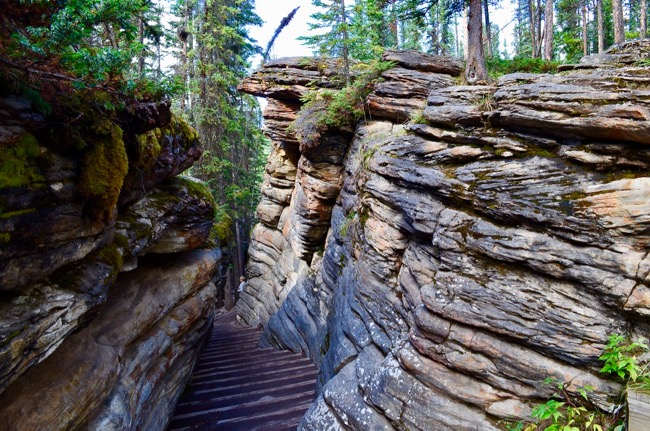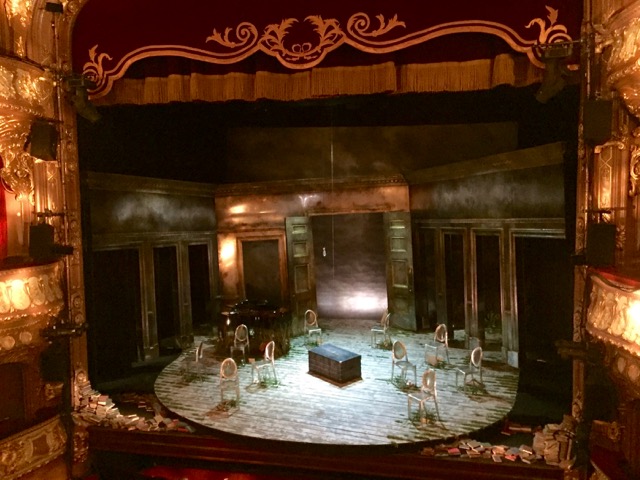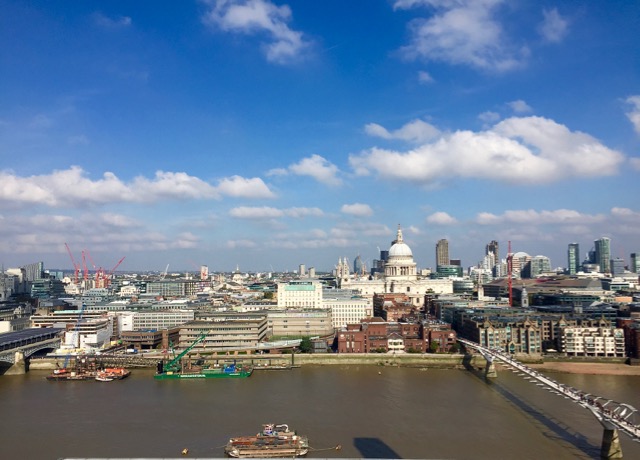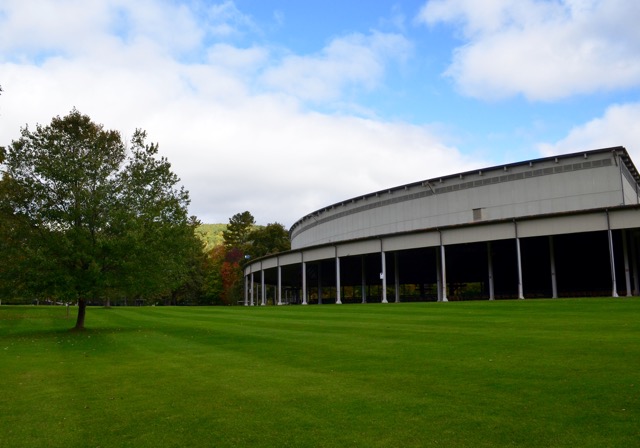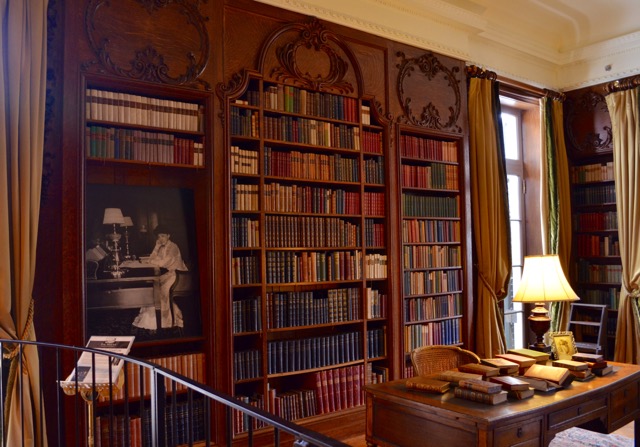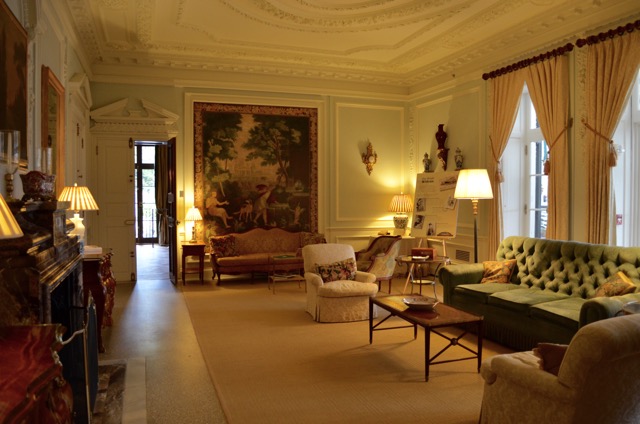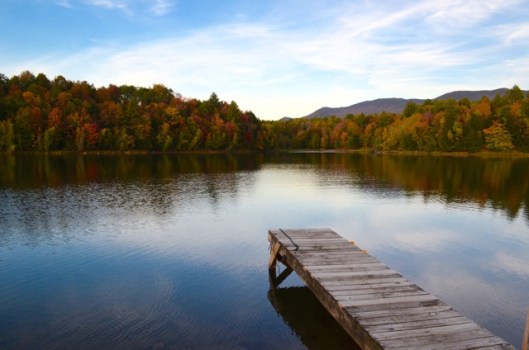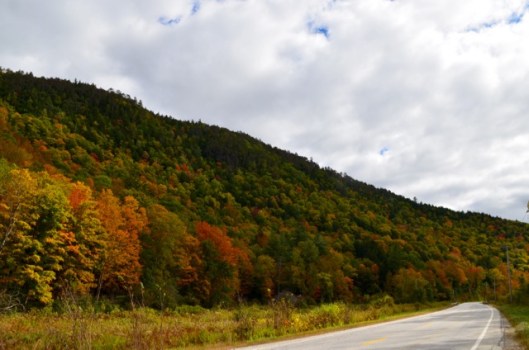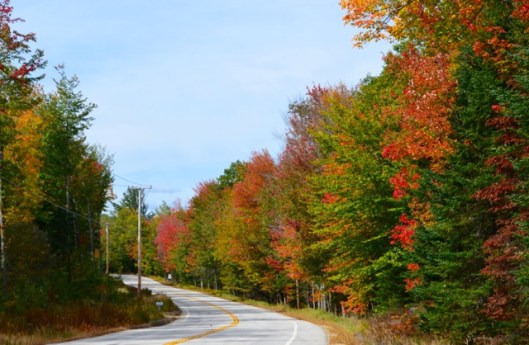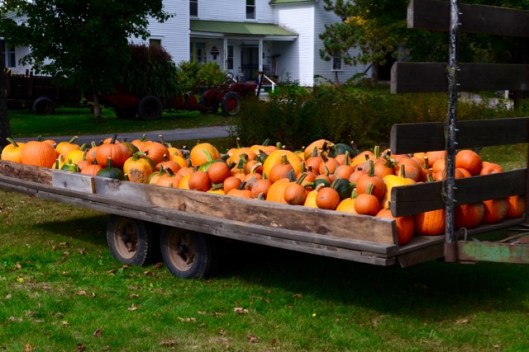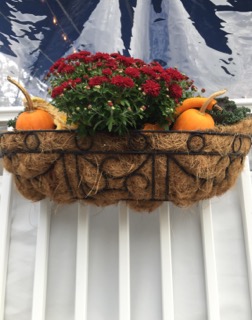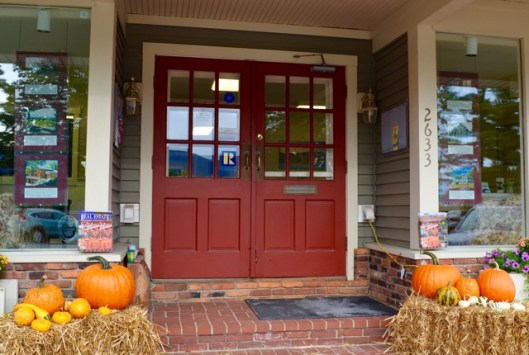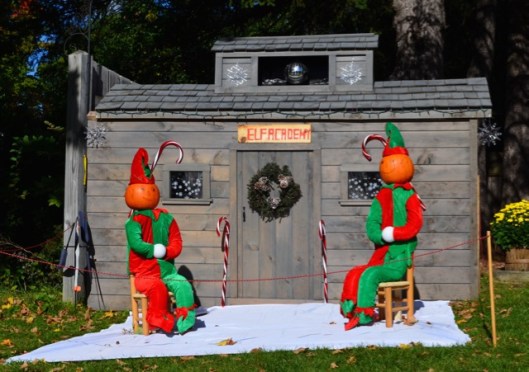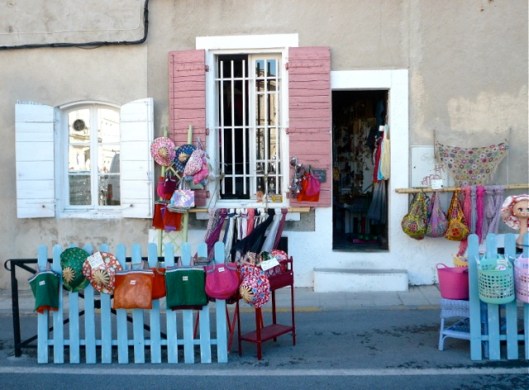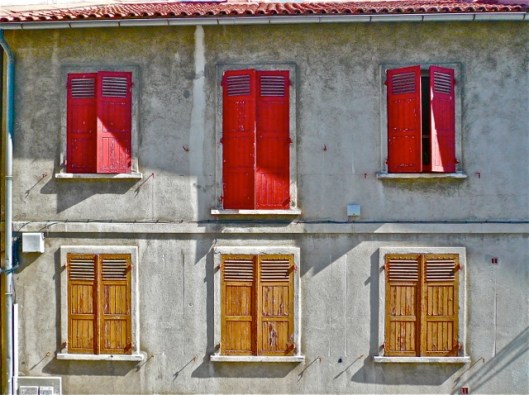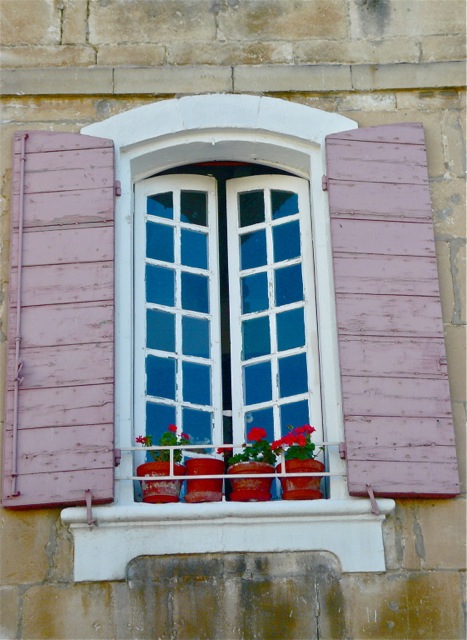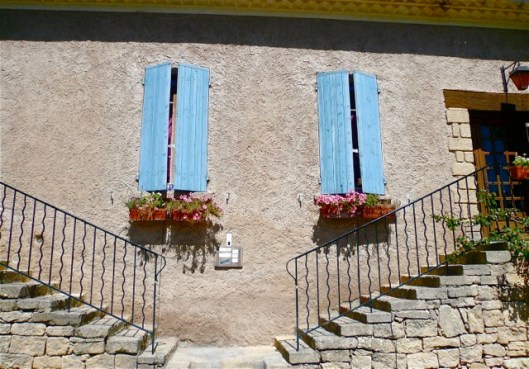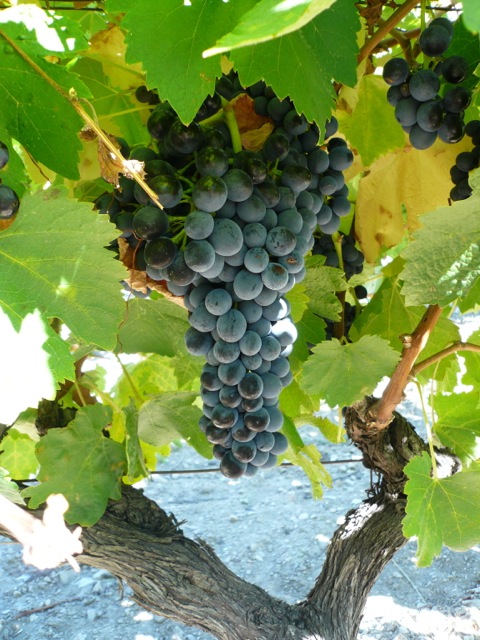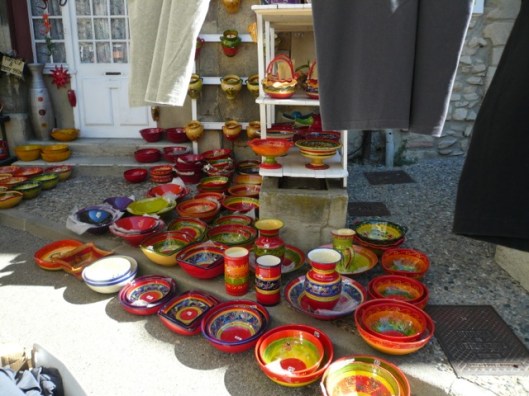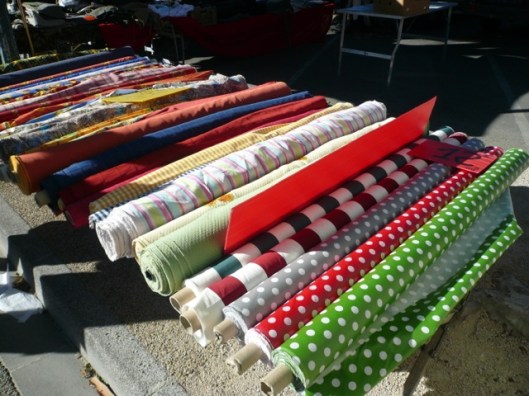In 2008, Ann Mah, food writer and Francophile wife of an American diplomat, had her deepest desire realized when her husband Calvin was appointed a post in Paris. Having moved to three different cities in the previous five years: New York, Beijing, Washington, D.C., a three-year sojourn in Paris was beyond her wildest dream.
Then came the rub. Soon after they arrived in the City of Light, Calvin was called away to another diplomatic mission: in Baghdad, Iraq, by himself for one year. Just months arriving in Paris, Ann had a taste of fate in the most ironic form: to live in her dream City, alone. She knew that would probably be the hardest year of her life.
To fight off the loneliness and isolation she was experiencing, Mah began to look to another diplomat’s wife in Paris sixty years earlier for inspiration and channel her pioneering gusto: Julia Child.
The title is a giveaway. Mastering the Art of French Eating––instead of ‘Cooking’ as Child’s book––is a humble homage to the food journalist’s heroine. While she didn’t follow Child to the prestigious culinary school Le Cordon Bleu in Paris, in her year of living in France all by herself, Mah charted her own culinary journey to various regions in the country to taste and research on the cuisine of the land. The subtitle is also enticingly delicious: Lessons in food and love from a year in Paris.
In ten chapters, Mah presents the ten places she had visited, from Paris bistros to farmhouse kitchen, haute cuisine to communal cooking, she records her experience in the specific locales and their signature dish along with historical perspective. And at the end of each chapter, the recipe:
Paris / Steak Frites
Troyes / Andouillette
Brittany / Crêpes
Lyon / Salade Lyonnaise
Provence / Soupe au Pistou
Toulouse, Castelnaudary, Carcassonne / Cassoulet
Savoie & Haute-Savoie / Fondue
Burgundy / Boeuf Bourguignon
Aveyron / Aligot
From her last name, you might also be curious about her own background. Yes, within this little food memoir are sprinkled with stories of Mah growing up Chinese American in California. While her love of France brewed very early in her life following her family tour there as a child, she wasn’t given the chance to learn the language that she loved, French, but had to go to Chinese school on Saturdays as stipulated by some sort of a ‘tiger mom’. Within these chapters, then, embeds the quest for identity and personhood. Here’s a quote that more or less sums it up:
“Diplomacy has been called the world’s second-oldest profession, and ever since the sixteenth century––and maybe even before––other wives of diplomats have endured similar existential crises, fading into obscurity while their husbands’ achievements were recorded in history. Perhaps, then, that is why I turned to Julia [Child] for inspiration… not just because she loved food, and had also lived in China, and was also a trailing spouse, just like me––but because I was looking for proof that professional success and marriage to a diplomat were not mutually exclusive.” –– P. 218
A delightful read for Paris in July and actually, anytime.
Thyme for Tea and Readerbuzz are the hosts of this annual blogging event.
***
I listened to the audiobook first then read the hardcopy: Mastering the Art of French Eating: Lessons in Food and Love by Ann Mah, Viking Penguin Books, 2013. 273 pages. The audiobook is narrated by the actress Mozhan Marnò (The Blacklist, House of Cards), ideal for learning the pronunciation of the French words. Hardcopy is good for getting the recipes, and makes the narratives and anecdotes more memorable.





